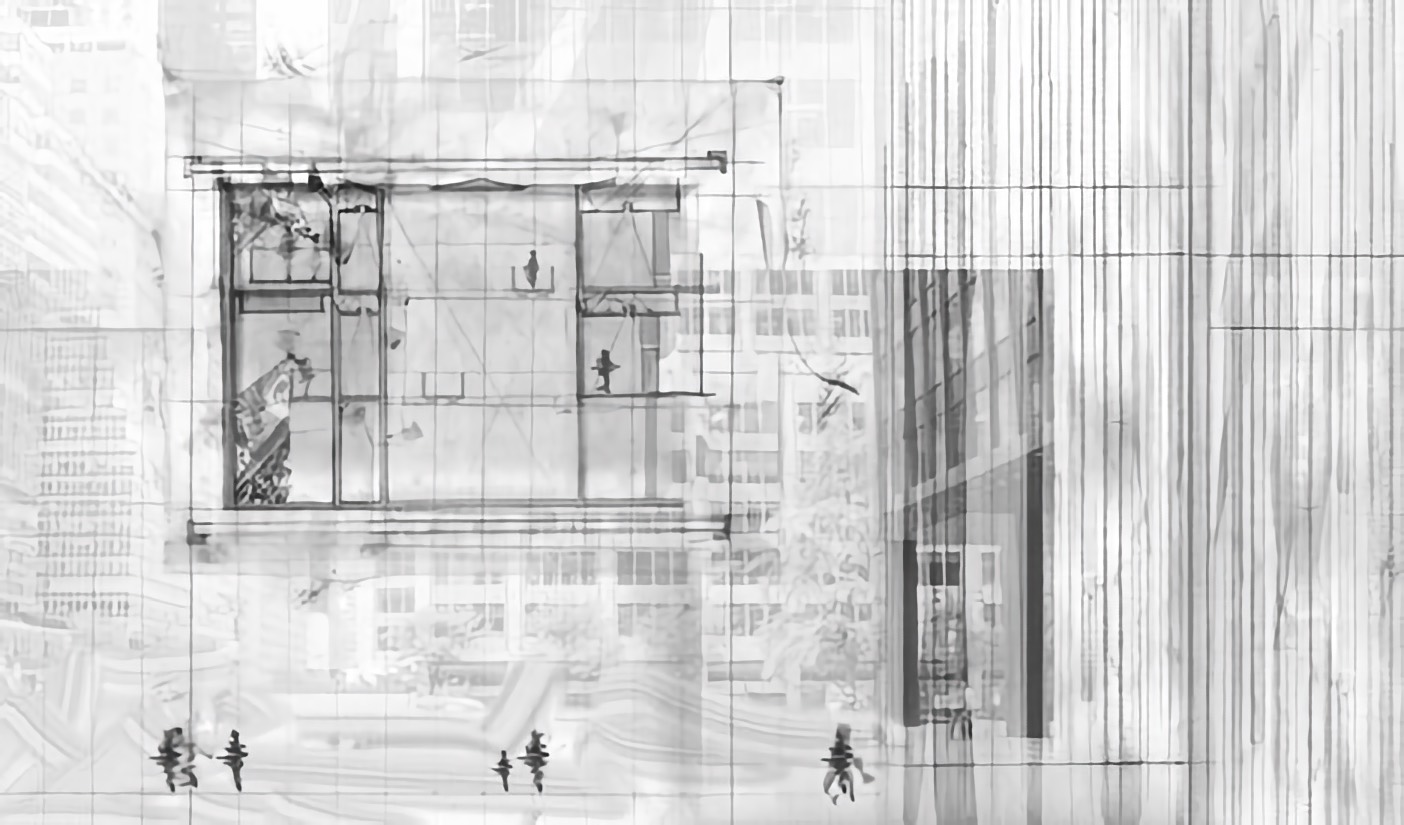The Design Studio in an Era of Virtual Spaces of Interaction and Engagement
Abstract
Instructional models are increasingly online, remote, and accessible whenever convenient, ostensibly leaving the conventional design studio behind. What are the consequences of design education without a place of its own — the studio? What are the consequences if architecture Schools resist the pressures to move to a remote platform? The Architectural design studio is unique educational setting in which Information doesn’t flow in a single direction, from professor to student. Instead, it is exchanged in complex patterns of dialogue and production that form the foundation of a micro-scale community. the quality of the education is predicated on the interaction among members of this community. This presents a challenge to the virtual spaces of education that are increasingly becoming the norm. And, while virtual spaces and places of education have not yet fully assimilated the design studio, this does not mean the studio can’t leverage advantages of these emergent grounds of discourse.
How to Cite
Published
Issue
Section
License
Copyright (c) 2019 James F. Eckler

This work is licensed under a Creative Commons Attribution 4.0 International License.





